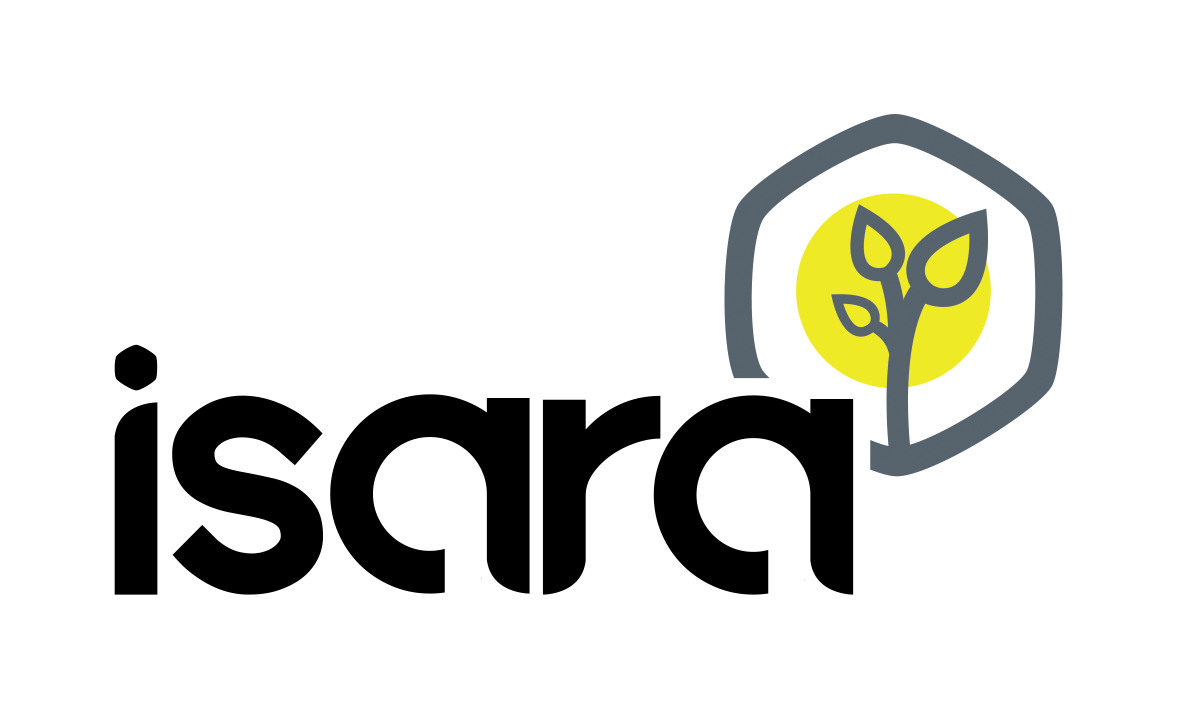Earthworm populations and diversity under annual and perennial wheat in a North to South gradient in Western Europe
Résumé
The challenge to sustain food security while halting the loss of biodiversity and soil quality might be achieved by a transformation in agriculture from high-input management of annual crops to a more nature-based solution introducing perennial cropping systems. This study analysed earthworm communities (numbers, biomass, ecological categories) and diversity over two years, from annual wheat and perennial intermediate wheatgrass (IWG, Thinopyrum intermedium, Kernza®) within the EU-Biodiversa project NAPERDIV from Southern to Northern Europe. Study sites in France, Belgium and Sweden represented diverse soil, climatic and plant growth conditions. In total, 16 species were identified with IWG in France having the highest (13) and annual wheat in Belgium and Sweden the lowest (7) species numbers. Improved biodiversity under perennial wheat was indicated by alpha-diversity indices (Simpson index, Shannon-Weaver index, Evenness). Earthworm abundance and biomass were generally significantly higher in IWG across the three sites (GLMM model). The overall mean earthworm number under IWG was 424.7 No. m−2 compared to 164.7 No. m−2 for annual wheat. Mean earthworm biomass under IWG was 83.7 g m−2 relative to 45.9 g m−2 under annual wheat, respectively. Remarkably, mean number of juvenile earthworms was several times higher on IWG sites relative to the annual comparatives. Moreover, endogeic and epigeic earthworms were supported on the IWG plots. Beta diversity (Sorensen coefficient) emphasised highest similarity between Belgium and Sweden and lowest between France and Sweden, indicating a possible South to North distribution within Western Europe. The Canonical Correspondence Analysis showed discrete clusters for study sites and species distribution (including the subtypes of Allolobophora chlorotica) in relation to soil parameters (pH, soil texture, TOC, TN, WHC, C–N ratio). The CCA additionally discriminated between annual and perennial plots in France. In summary, earthworm communities were more diverse under IWG and seemed to follow a South to North gradient.


